Callback Request Form

Utilizing the Callback Request Form offers numerous advantages, ensuring a seamless and efficient communication experience. By providing structured fields for the contact information and preferred callback time, the form allows your client to reach you at your convenience, minimizing disruptions to your schedule. The form's specific fields help you quickly understand the purpose of your customer's inquiry, enabling you to connect them with the right department, be it sales, technical support, billing, or general questions. This targeted approach reduces response time and enhances the quality of your service.
The privacy and consent features ensure that your client's data is handled with the utmost care, adhering to strict data protection regulations. Additionally, the form's user-friendly design, including drop-down menus and checkboxes, simplifies the submission process, reducing the need for manual data entry and potential errors. By using this form, you facilitate a more organized, efficient, and responsive interaction, allowing you to address your client's needs promptly and effectively.
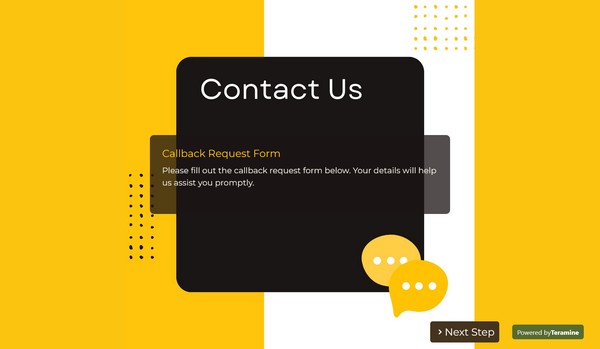
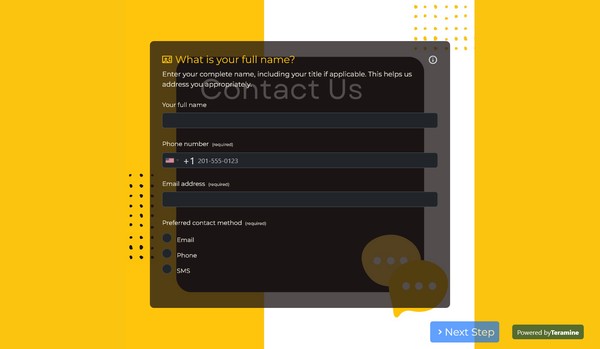
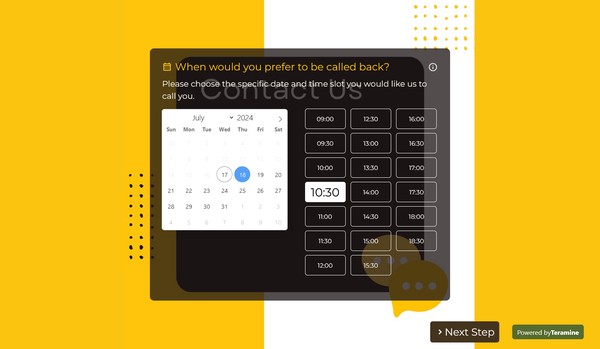
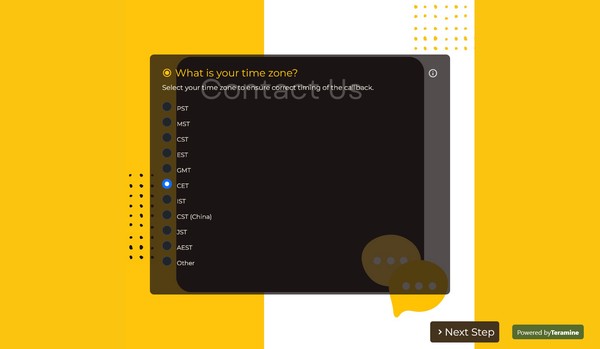
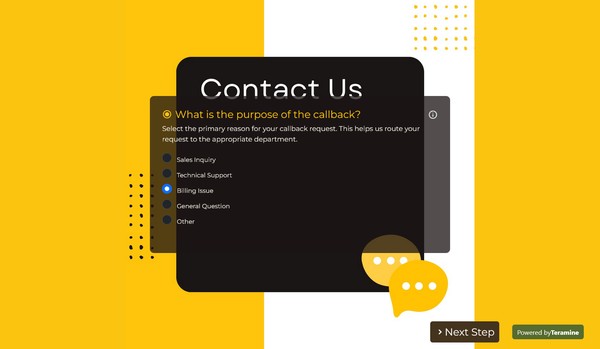
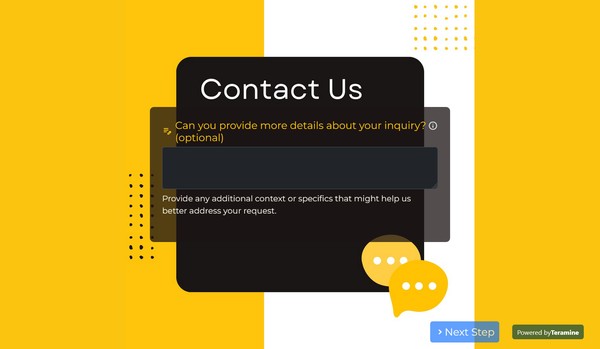
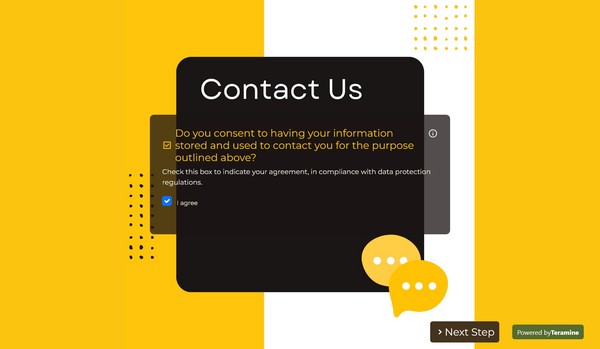
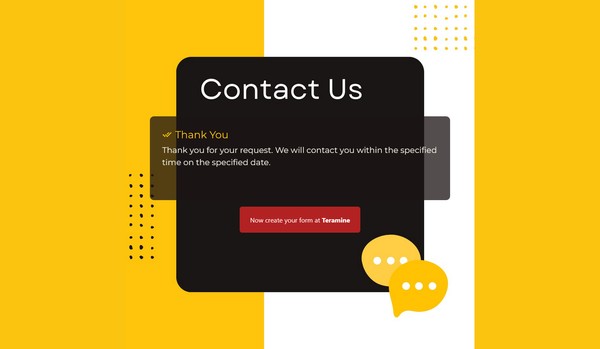
Callback Request Form FAQs
A Callback Request Form is a tool utilized by businesses to facilitate communication with potential or existing clients who may require further assistance or information. Typically, this form allows customers to submit their contact details and specify a preferred time for a representative to reach out to them.
The primary purposes of a Callback Request Form include:
Enhancing Customer Service: It provides an organized method for customers to express their interest in receiving a call, ensuring their needs are addressed in a timely manner.
Lead Generation: For businesses, the form serves as a means to capture leads, enabling follow-up communications that can convert inquiries into sales.
Time Management: It allows both clients and representatives to schedule conversations at convenient times, thereby improving the efficiency of the communication process.
Data Collection: The form can also serve as a source of valuable customer information, which can be analyzed for improving service delivery or tailoring marketing strategies.
In summary, a Callback Request Form is an effective instrument for managing customer inquiries, improving service responsiveness, and optimizing business operations.
A Callback Request Form should be designed to efficiently collect relevant information from the requester while ensuring a streamlined follow-up process. Below are key elements that should be included in the form:
Contact Information:
- Full Name
- Email Address
- Phone Number
- Preferred Method of Contact (Phone/Email/Other)
Request Details:
- Detailed Reason for Callback (to understand the context of the request)
- Preferred Date and Time for Callback
- Time Zone (for scheduling purposes)
Business Information (if applicable):
- Company Name
- Job Title/Position
- Industry
- Company Size (optional)
Urgency Level:
- Priority of Request (High/Medium/Low)
- Deadline (if applicable)
Consent and Agreement:
- A statement requesting permission to store and process personal data in accordance with applicable data protection regulations.
- A checkbox for the requester to agree to the terms and conditions regarding the callback.
Additional Comments:
- An open-ended section for any further information the requester wants to provide.
Verification:
- A CAPTCHA or verification question to prevent spam submissions.
Submission Instructions:
- Clear instructions on how to submit the form and what to expect next (e.g., confirmation email, estimated response time).
Follow-up Confirmation:
- An automated acknowledgment message to inform users that their request has been received.
This structured format will facilitate efficient data collection and improve the overall customer experience by ensuring that callbacks are handled in a timely and relevant manner.
Utilizing a Callback Request Form offers several advantages for businesses looking to enhance customer engagement and improve operational efficiency:
Streamlined Communication: A Callback Request Form allows customers to request a call at their convenience, ensuring that communication occurs at a time that suits them best. This can reduce frustration associated with missed calls or communication delays.
Improved Customer Experience: By offering a structured method for customers to seek assistance, businesses can provide a more personalized service. This can significantly enhance overall customer satisfaction and loyalty.
Efficient Workflow: Callback Request Forms can help businesses manage call volumes more effectively. They allow teams to prioritize leads based on urgency or potential value, which helps in optimizing resource allocation.
Enhanced Data Collection: These forms can capture valuable information about customer preferences, queries, and concerns, enabling businesses to gain insights into their audience. This data can subsequently inform marketing strategies and service improvements.
Reduced Call Abandonment Rates: By allowing customers to request a callback instead of waiting on hold, businesses can minimize call abandonment rates. This leads to higher chances of resolution and a positive impression.
Automation and Integration: Callback Request Forms can be integrated with customer relationship management (CRM) systems, automating the scheduling of follow-up calls. This boosts productivity by reducing manual processes.
Flexible Scheduling: Customers can select a preferred time for a callback, which can significantly enhance the chances of successful interactions. This flexibility can lead to higher engagement and conversion rates.
Cost-Effective Solution: Implementing a callback request system can be a cost-effective way to improve communication efficiency without the need for significant increases in staffing.
In conclusion, a Callback Request Form is a strategic tool that can enhance customer relations, optimize internal operations, and contribute positively to the bottom line. Businesses that implement this system are likely to see improved customer satisfaction and resource management.






